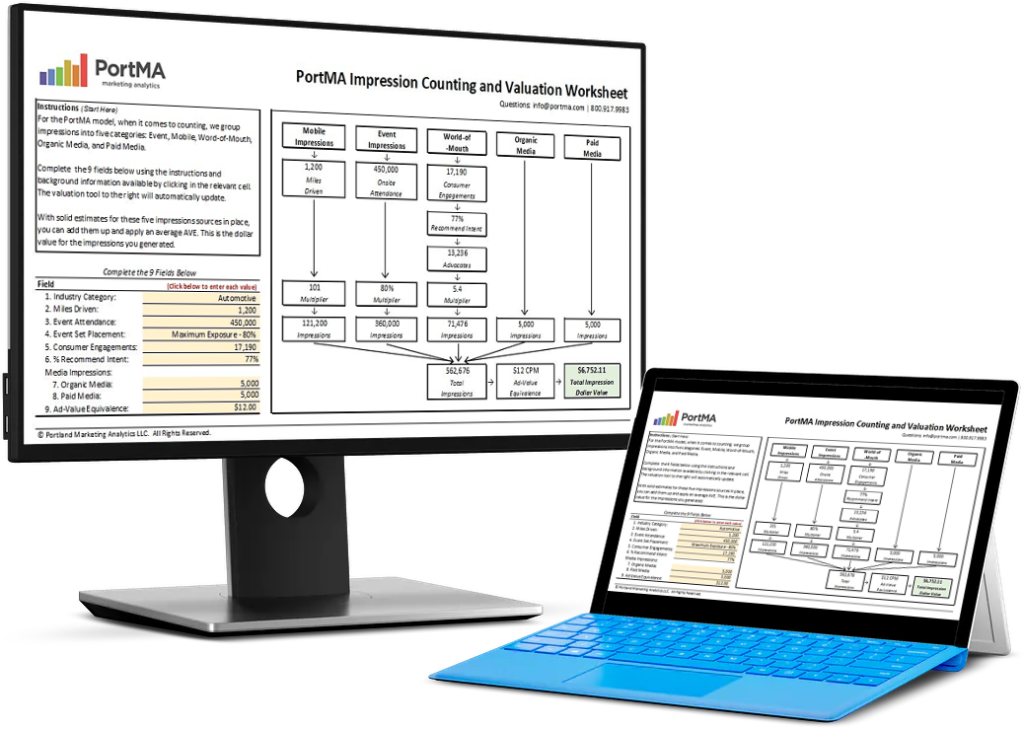
Measuring sales means more than counting how many customers have bought x number of products this month. But that’s exactly how it used to be done; comparing figures with the same period of the previous year.
However, digital technology and data have thrown this door wide open. Marketers and their clients are seeing the potential insights that data gives them and the impact this can make on business performance.
We spoke with Matt Carle, VP Partnerships at GMR Marketing, about how data has connected marketing to sales and measuring that connection in experiential marketing. The following are the insights Matt shared with us.
Correlating Sales and Engagement
Marketers have been utilizing the potential of data for about 15 years now. In the beginning, during the late 2000s, only select brands could afford to access this level of data; few were connecting engagement to sales. Before this, connecting marketing activities to sales performance was hard unless there was a timed offer, a coupon, or another obvious tactic. To truly see that connection in the data, marketers needed huge volumes of information.
Those at the forefront of the development at the time talk about finding the holy grail. That is, they hit the correlation. Now, they could see the perfect relationship between the number of people engaged and the volume of sales.
(You can listen to the full episode of the podcast below.)
For experiential marketers, who had been limited to counting event impressions up to that point, correlating the impact of an event with actual sales was a gamechanger. The data reports offered a new level of utility, but they also posed new questions. The answers to those questions would allow marketers to finetune campaigns even further.
Here are some of those questions:
- Which campaign vehicles have the greatest impact?
- Does sponsorship play a role in engagement and sales?
- Does the concept of “awareness first – impact later” work for sales?
The data held the key to the answers.
Unified Agency-Client Team
The data had a true impact, and that impact spread to the relationship which agencies developed with their clients. As excited as marketers became about the potential of data, so did their forward-thinking clients.
After all, if they had information, they could likely predict customer behavior. In turn, that would also mean being able to accurately forecast the return-on-investment (ROI) any given event would deliver.
Through this time of discovery, clients and agencies grew closer, and many developed relationships lasting years. Whilst aggressive campaign objectives meant raised stress levels, long nights, and early mornings of data crunching, they also showed agencies just how engaged clients were. After all, few clients will insist on 6:30 a.m. phone calls with all involved parties if they are not overly interested in what is being discussed.
It was a time when agency teams truly became an integral part of the client-side team and could see how they were delivering business success for the client organization. Beyond that, they were ultimately bringing career success to the individual team members.
Stay tuned for Part Two of our discussion with Matt Carle as we continue dissecting longtail brands and their role in experiential marketing. For more information on GMR Marketing visit their website at www.gmrmarketing.com.

Download the Free Spreadsheet Tool
CALCULATE THE DOLLAR VALUE OF EVENT IMPRESSIONS
PortMA Impression Counting and Valuation Worksheet
Download this spreadsheet and complete the fields for your campaign to get a clear count of your activation impressions translated into a Dollar Value of Marketing
Impression Spreadsheet
